The Joker has evolved from a pulp-inspired crook into one of pop culture’s most studied, remixed, and far-reaching supervillains. Across comics, animation, games, and live-action films, creators use him to test Batman’s rules, push Gotham to the brink, and probe questions about identity and sanity. These ten facts highlight the character’s most enduring traits, stories, and cross-media influence—without the guesswork of a single, fixed origin.
A Purposefully Unreliable Origin
 DC Comics
DC ComicsThe Joker’s backstory is famously contradictory, with multiple accounts that refuse to settle on one truth. The “Red Hood” version—where a small-time criminal falls into chemicals during a botched heist—sits alongside alternative memories that he himself labels “multiple choice.” Writers keep the past fluid to preserve narrative flexibility and to align with the character’s self-mythologizing. This ambiguity lets different eras emphasize crime noir, tragic farce, or psychological horror as needed.
Joker Venom and Signature Gadgetry
 DC Comics
DC ComicsJoker Venom (also called Smilex in some media) is a fictional toxin that induces uncontrollable laughter, paralysis, and a death-rictus grin. Delivery methods vary—gas canisters, joy buzzers, tipped darts, and even tainted consumer products—depending on the story’s scale. Antidotes and protective gear regularly feature in Batman’s countermeasures, underscoring an ongoing chemical arms race. The toxin’s consistency across media makes it a recognizable calling card even when the character’s origin shifts.
The Arch-Foil to Batman
 DC Comics
DC ComicsThe Joker is consistently framed as Batman’s ideological mirror: theatrical, rule-breaking, and allergic to order where Batman is methodical and bound by a no-kill code. Stories often turn on the Joker engineering dilemmas that test that code, from hostage standoffs to city-wide moral experiments. Their clashes define Gotham’s balance between vigilantism and anarchy, with each appearance resetting the stakes for how far either figure will go. This dynamic drives many of the character’s most cited plots and adaptations.
Harley Quinn’s Canon Launchpad
 DC Comics
DC ComicsHarley Quinn originated in ‘Batman: The Animated Series’ before transitioning into mainstream comics and later headlining her own titles. Canon stories document her as the Joker’s on-again, off-again partner in crime, psychiatrist-turned-accomplice, and eventual independent antihero. Their relationship is depicted as manipulative and volatile, serving as a narrative lens on coercion, identity, and agency. Over time, crossovers and team books place Harley across Gotham’s ecosystem beyond the Joker’s orbit.
Iconic Visual Design and Chemical Transformation
 DC Comics
DC ComicsThe Joker’s look—green hair, white skin, and a fixed grin—commonly traces to chemical bleaching after a plunge into industrial waste. Artists from the Golden Age onward established the purple suit, flower lapel, and carnival-grotesque styling as visual shorthand. Later runs refine face paint, scars, and even surgical motifs to match tonal shifts in storytelling. These design constants keep the character instantly recognizable while permitting wide stylistic range.
Landmark Storylines That Reshaped Gotham
 DC Comics
DC ComicsKey comic arcs use the Joker to alter Batman’s world in lasting ways. ‘A Death in the Family’ centers on the fate of Jason Todd and its repercussions for the Bat-family. ‘The Killing Joke’ explores the shooting of Barbara Gordon and the Joker’s “one bad day” thesis as a narrative engine. Modern runs like ‘Death of the Family’ and ‘Endgame’ escalate the Joker’s mythic role through identity games, city-wide contamination, and ritualized face-offs.
Awards, Performances, and Cross-Media Reach
 Warner Bros.
Warner Bros.The character’s film and television portrayals span decades, including Cesar Romero’s camp era, Jack Nicholson’s gangster-showman turn, Mark Hamill’s long-running animated voice work, Heath Ledger’s grounded urban terrorist, and Joaquin Phoenix’s character-study lead in ‘Joker’. Performances have earned major industry awards, reinforcing the role’s prestige across mediums. Animated features and series—such as ‘Batman: The Animated Series’ and the ‘DC Animated Universe’ films—cemented a definitive vocal and writing template. Video games and streaming series continue to reinterpret mannerisms, voice, and tactics for new audiences.
Arkham Asylum’s Revolving Door
 DC Comics
DC ComicsArkham Asylum functions as the Joker’s most frequent holding facility and narrative launch point. Files and scenes routinely list psychiatric diagnoses, experimental treatments, and security upgrades that he subsequently circumvents. The cycle of admission, manipulation, and escape allows stories to stage breakouts, inmate alliances, and therapy-room mind games. In games like ‘Batman: Arkham Asylum’ and its sequels, Arkham becomes a playable labyrinth shaped by his traps and taunts.
Master Plots and Social Engineering
 DC Comics
DC ComicsThe Joker’s capers often hinge on logistics and psychology rather than brute force—rigged ferries, televised threats, and booby-trapped safe houses are common tactics. He exploits Gotham’s systems—media, law enforcement protocols, and public routines—to turn ordinary infrastructure into stage props. Timed instructions, double-bluffs, and planted decoys draw police resources away from real targets. This operational pattern underscores why detectives, not just fighters, are required to stop him.
Symbolism, Philosophy, and the “Joke”
 DC Comics
DC ComicsWriters use the Joker to explore themes like nihilism, performative identity, and the thin line between order and chaos. The character frequently frames crimes as “punchlines,” treating Gotham as an audience and Batman as the straight man in a recurring act. Dialogues and monologues contrast institutional justice with improvisational cruelty, inviting debates about sanity, responsibility, and meaning. This thematic elasticity explains why the character supports satire, tragedy, and thriller modes without losing coherence.
Got another angle you love about the Clown Prince of Crime—drop your favorite Joker moment in the comments!

.jpeg)
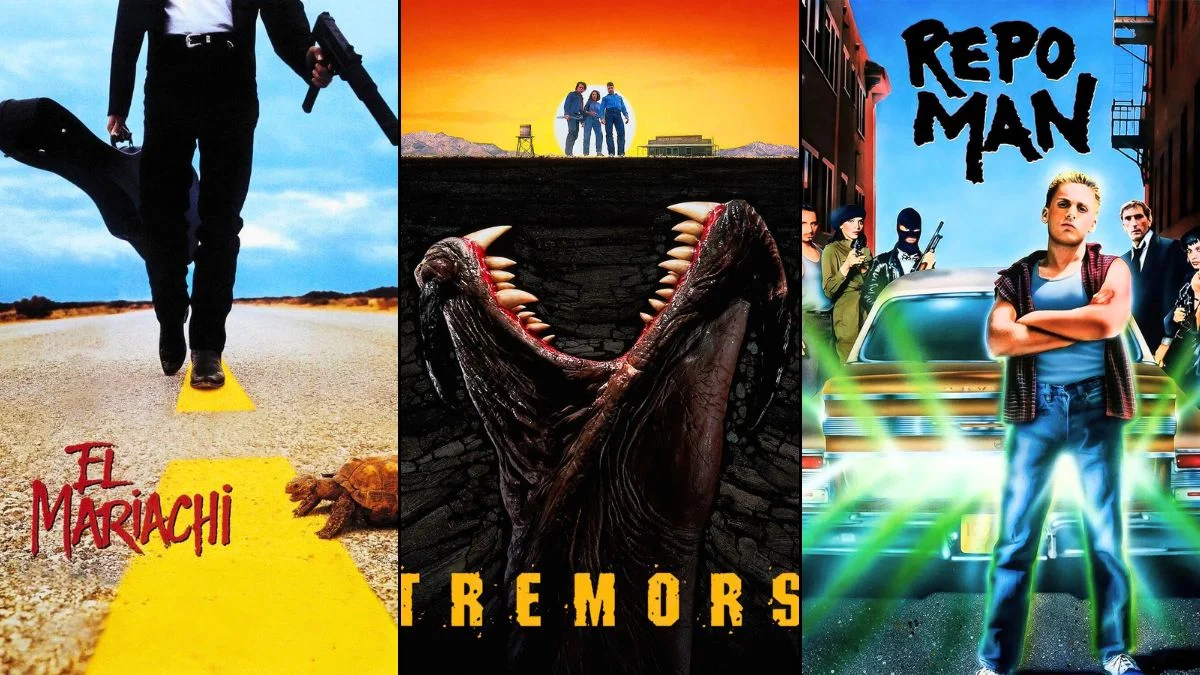
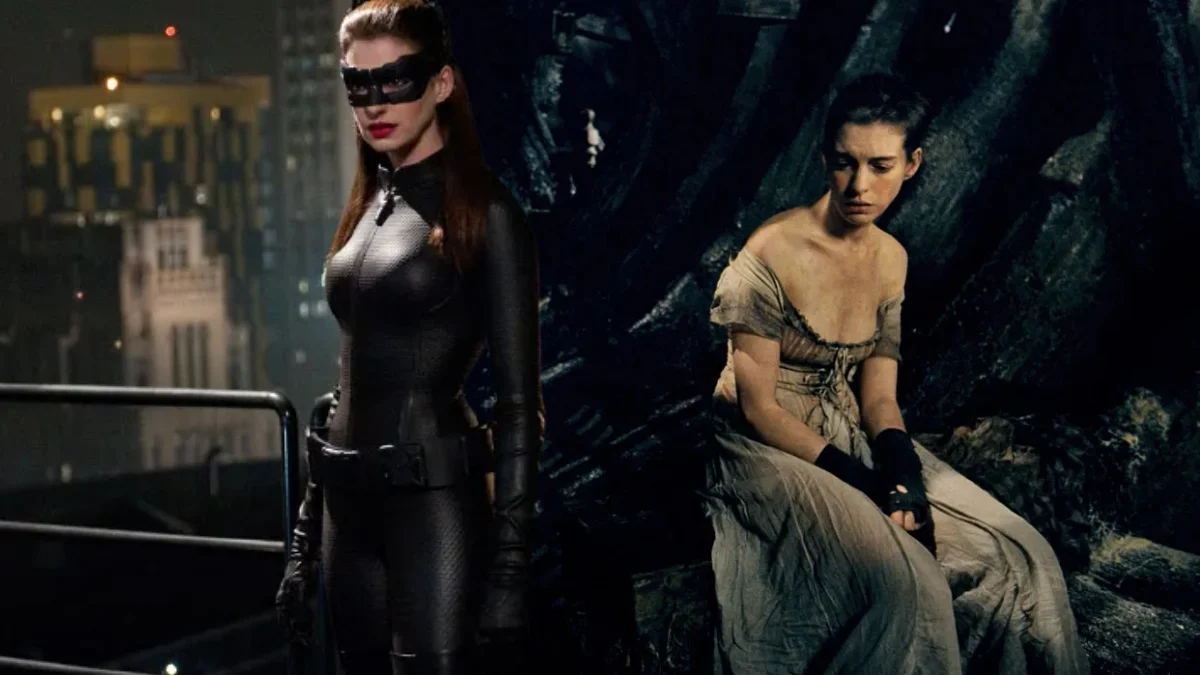
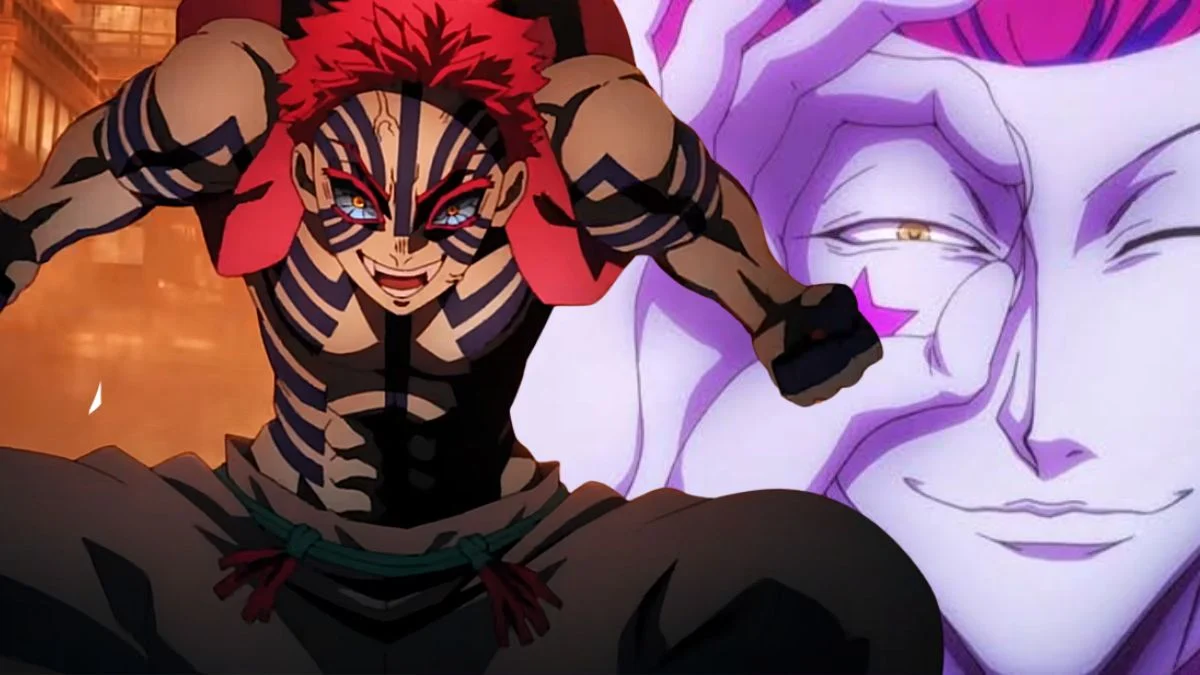
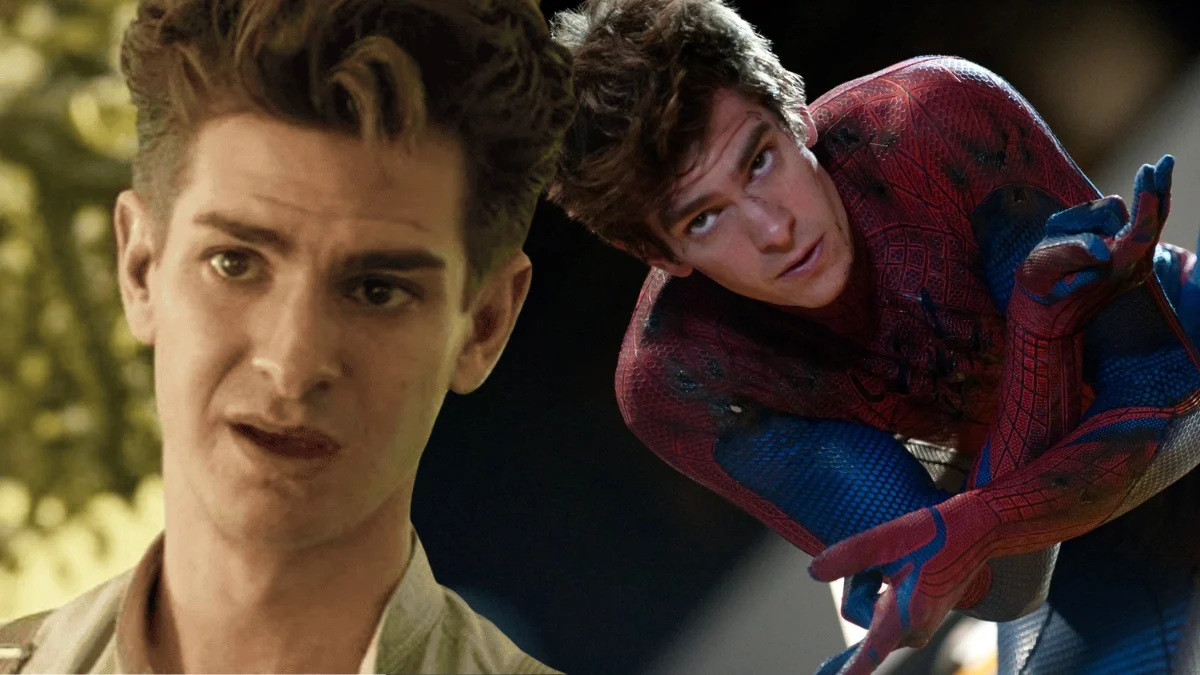
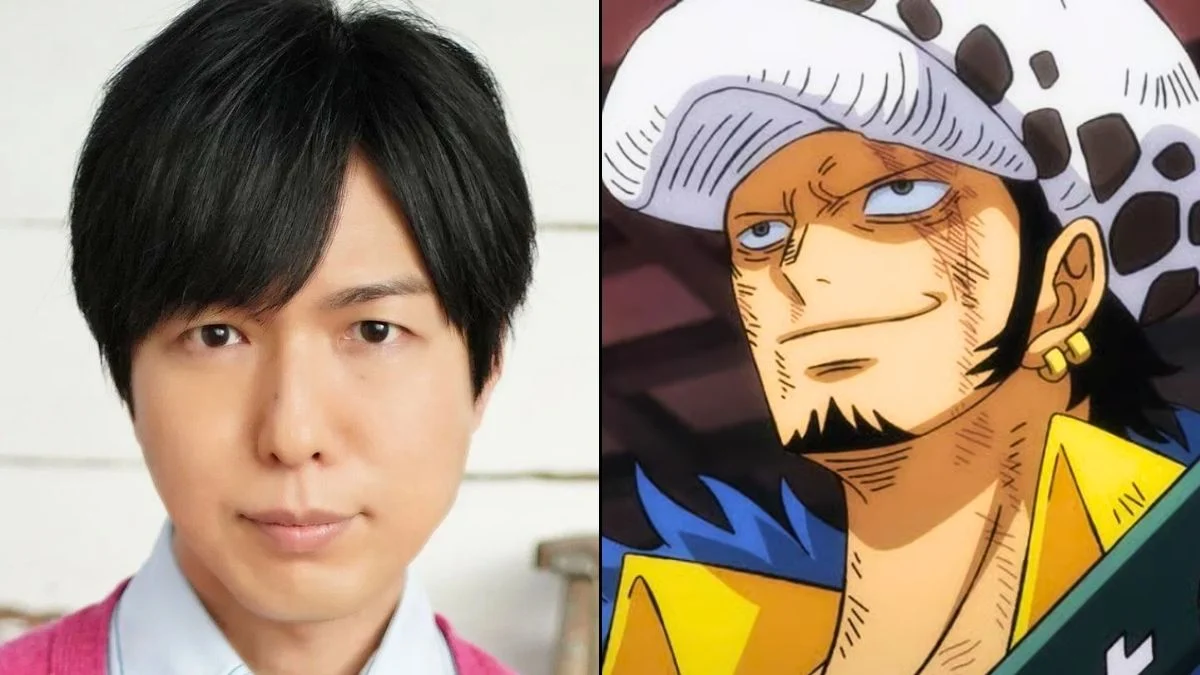
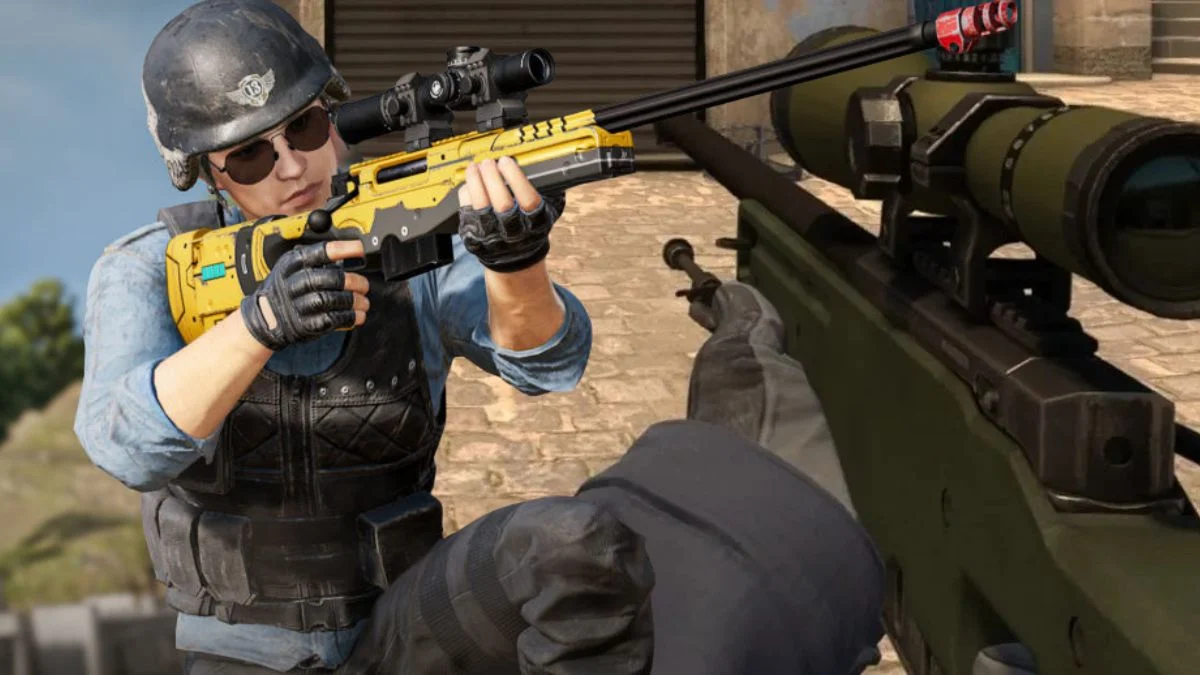
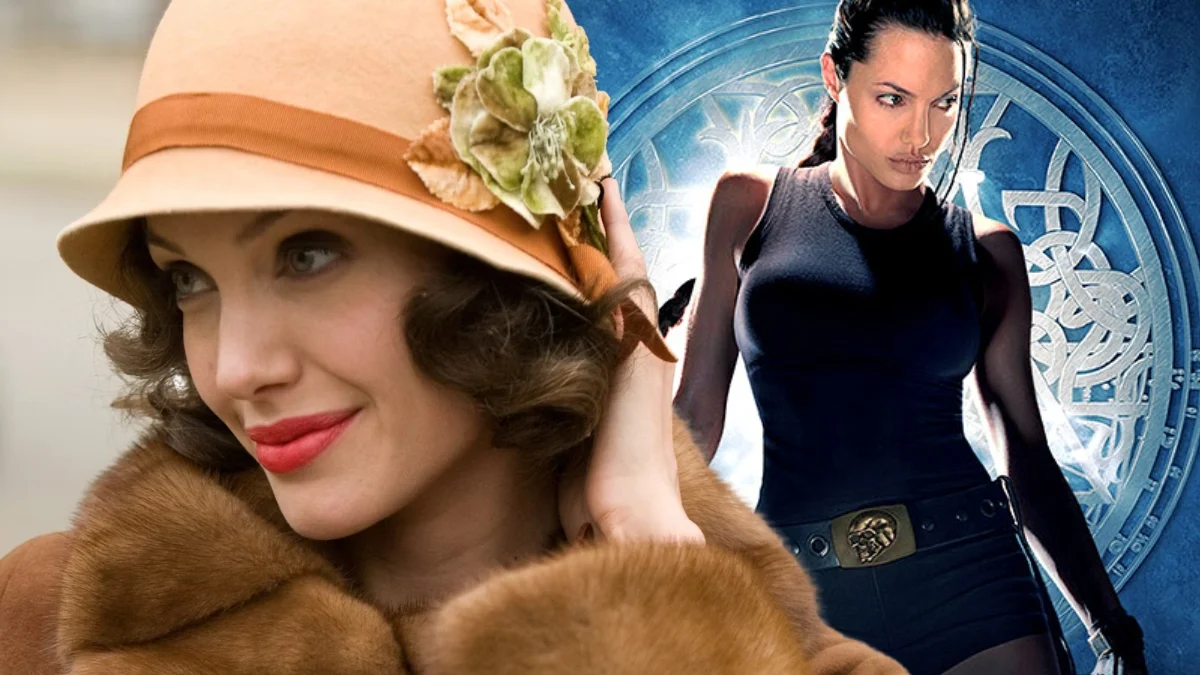




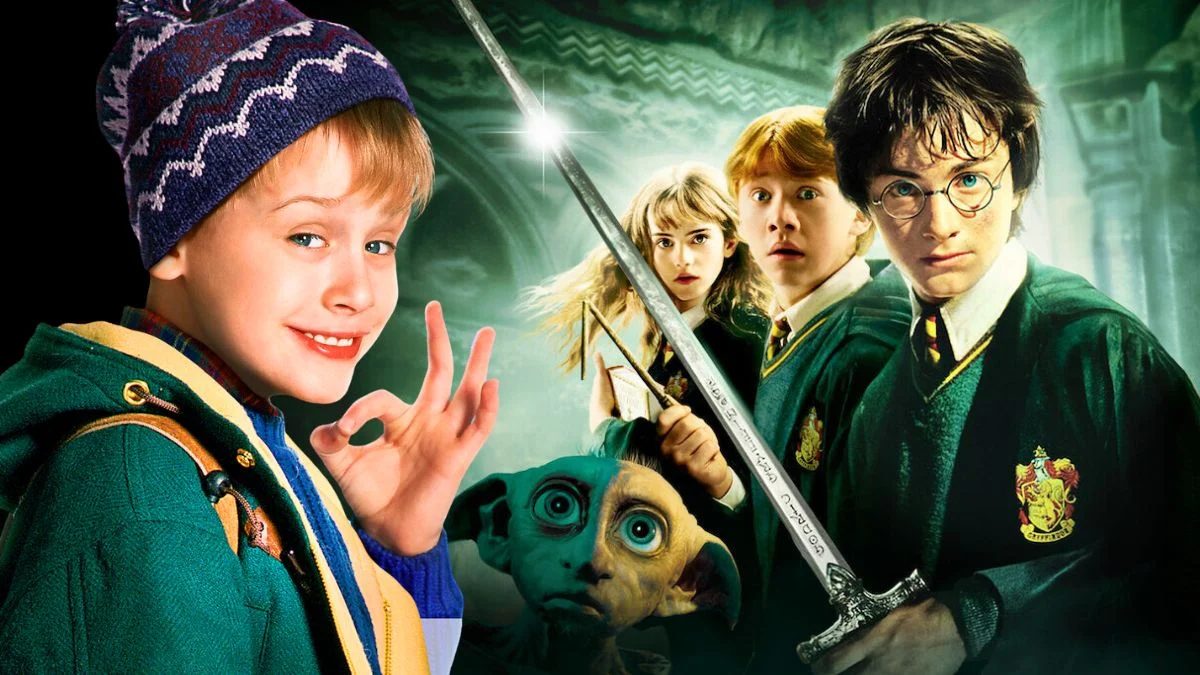
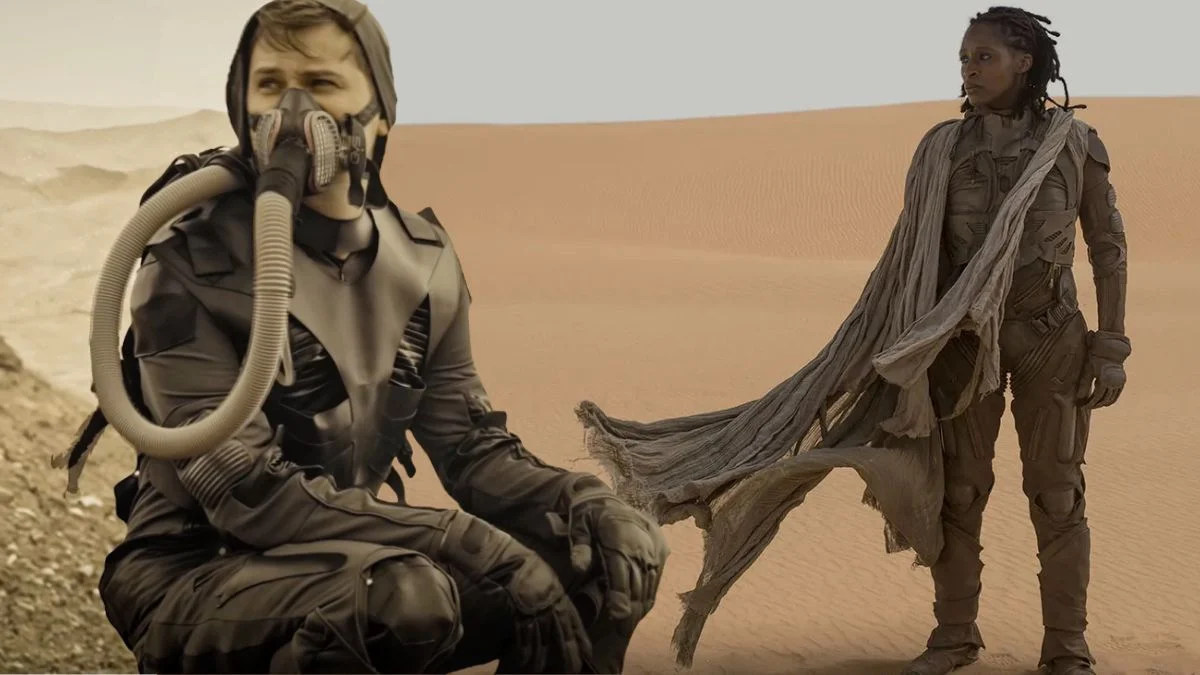

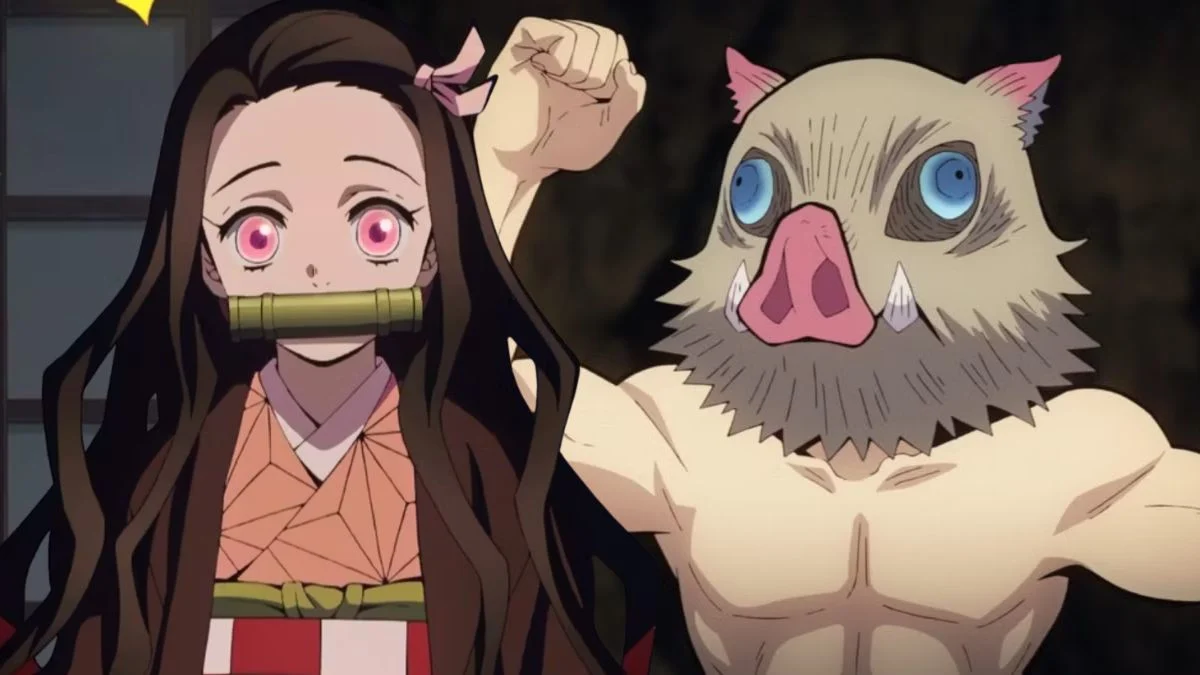


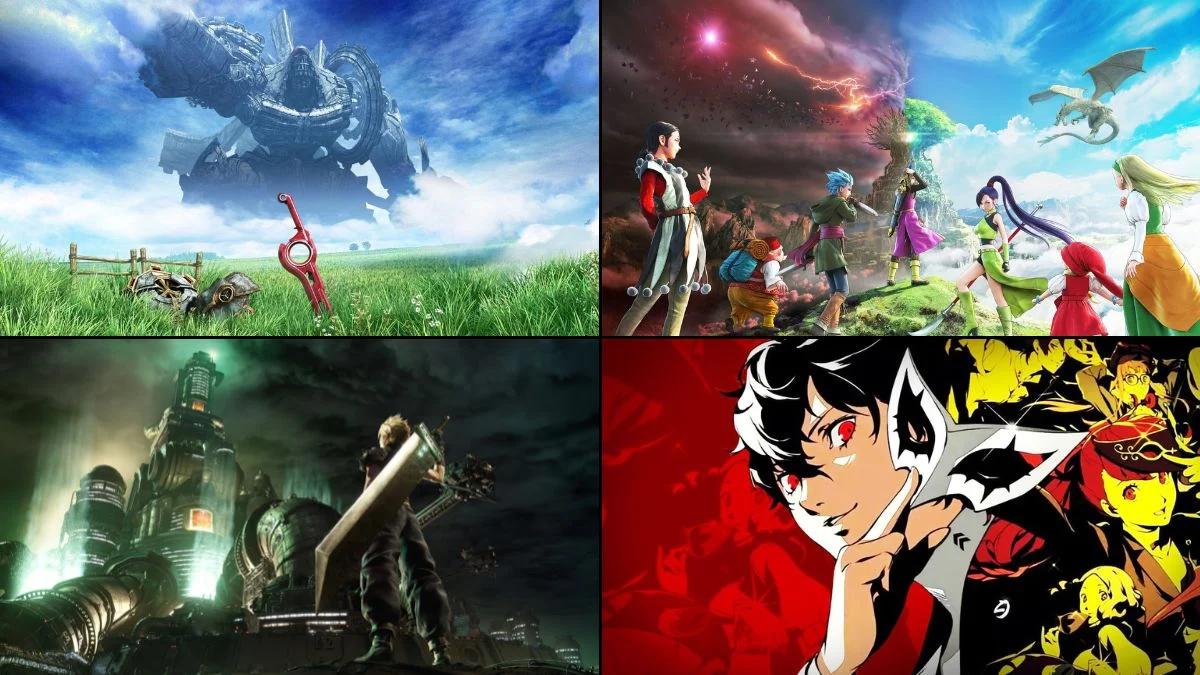



.jpeg)













 English (US) ·
English (US) ·